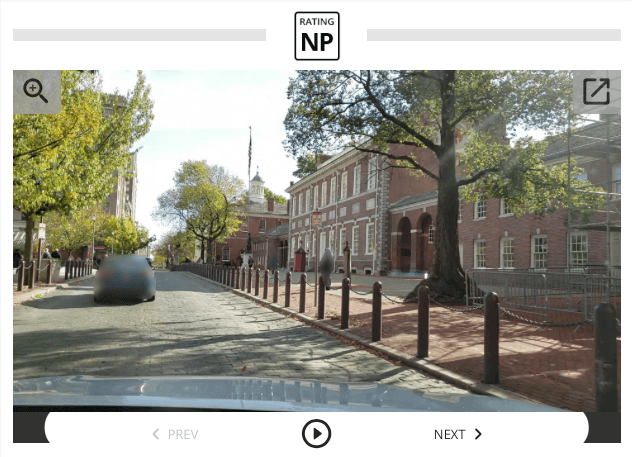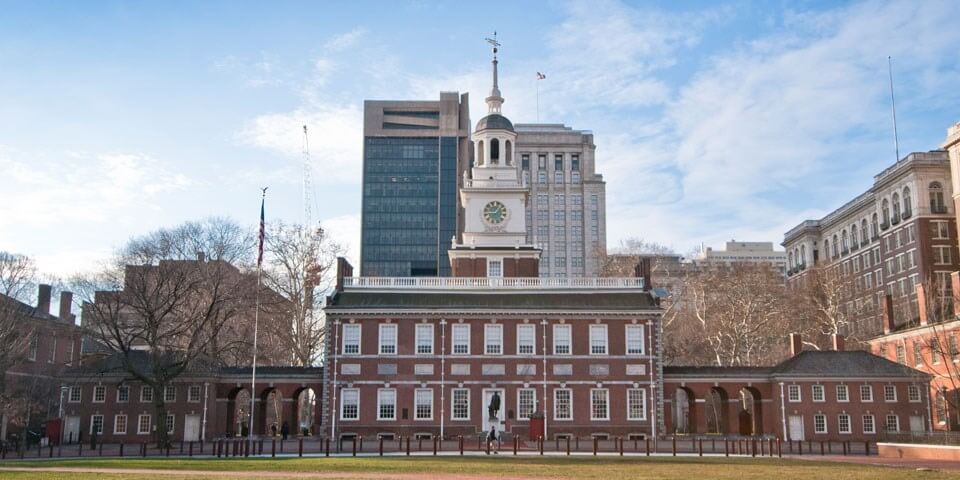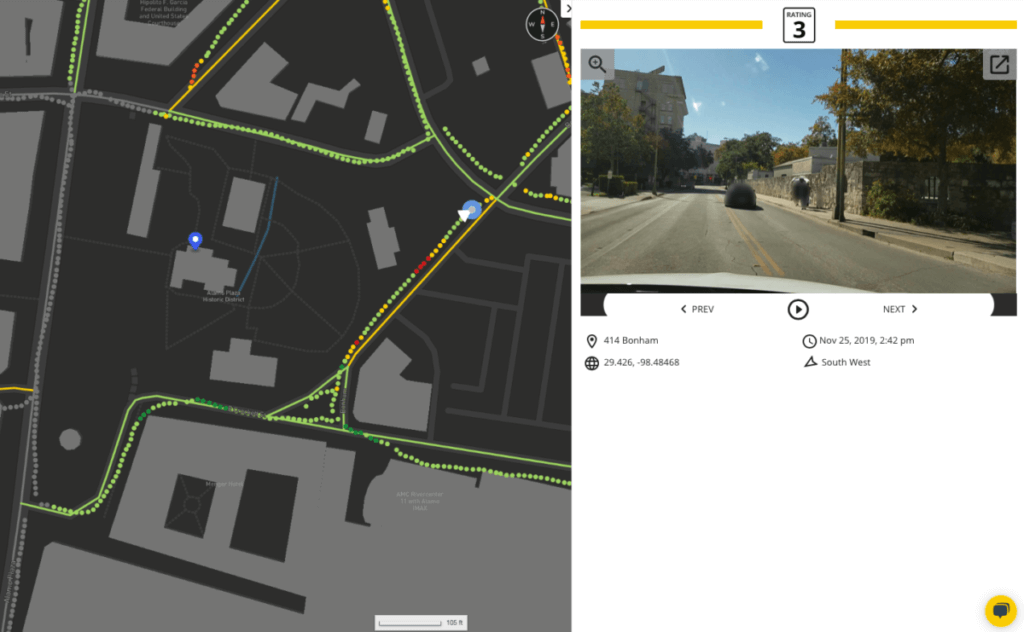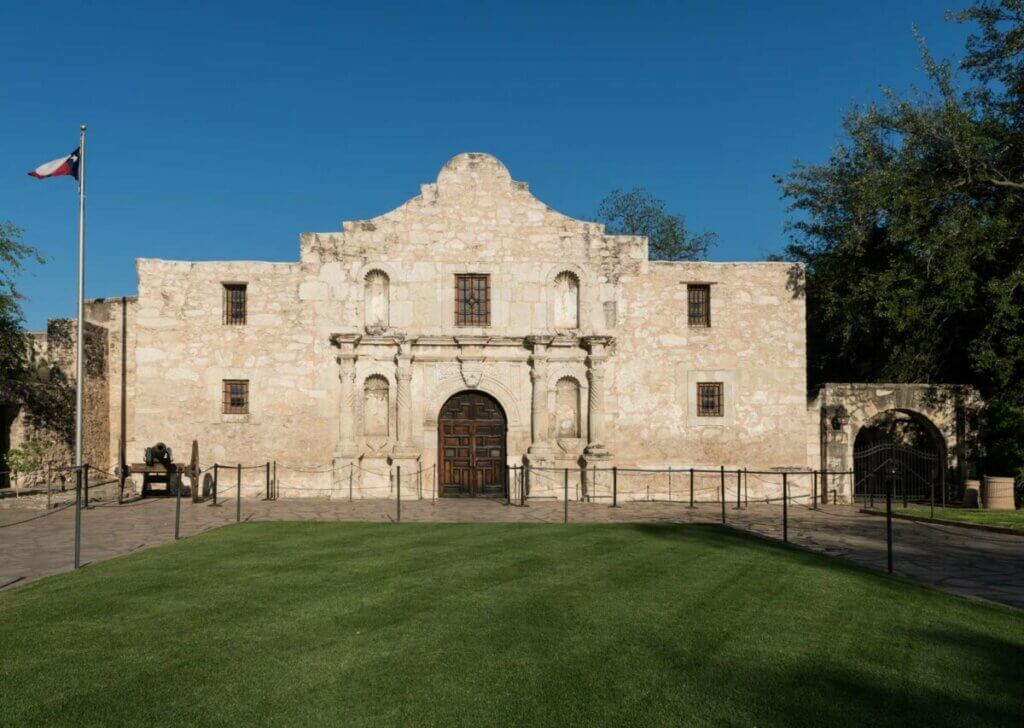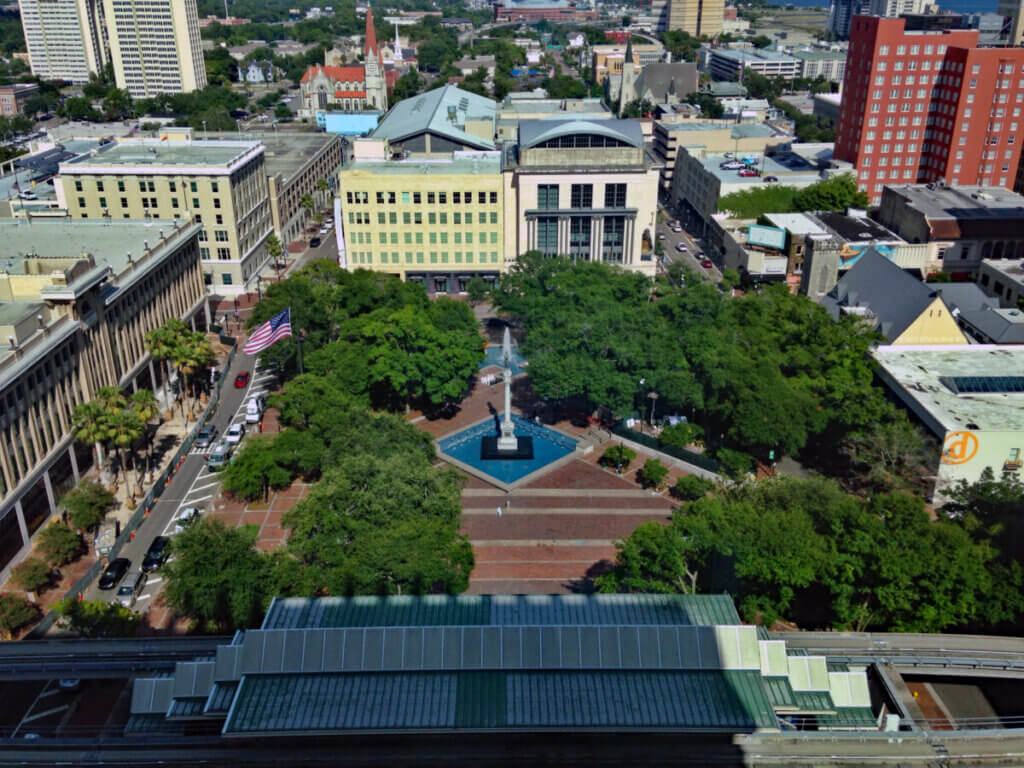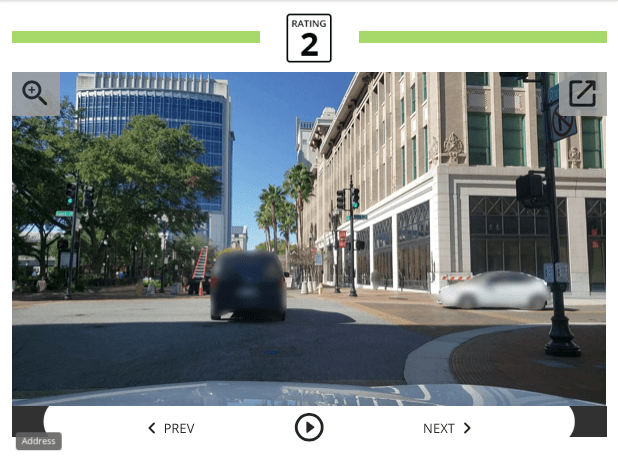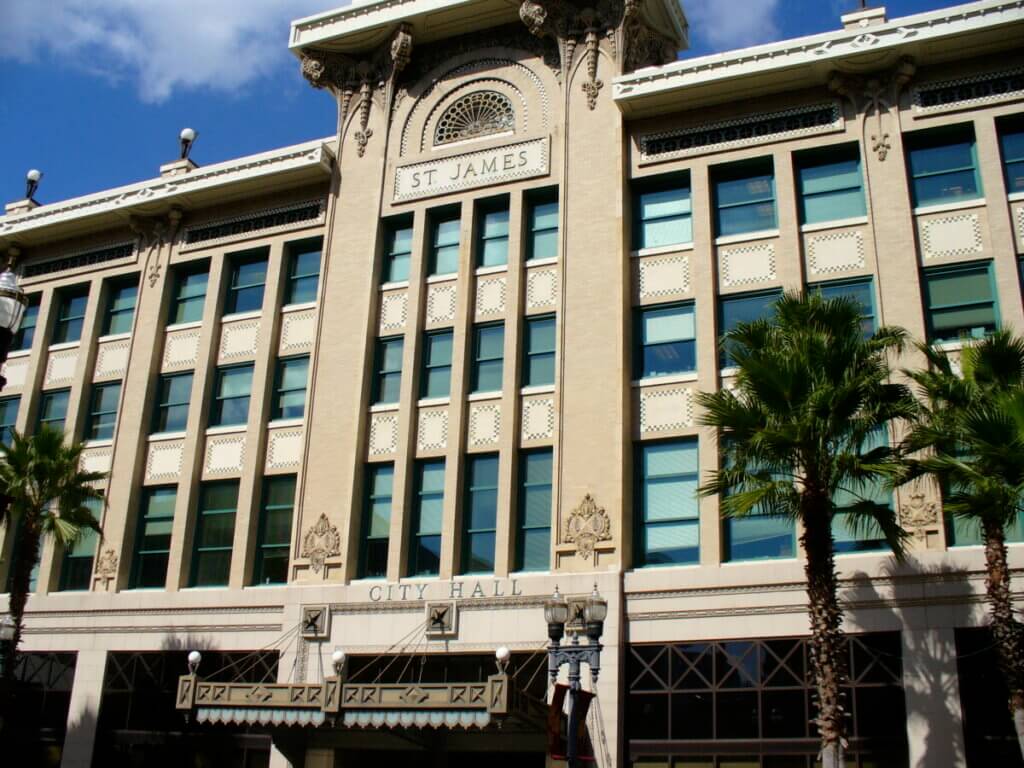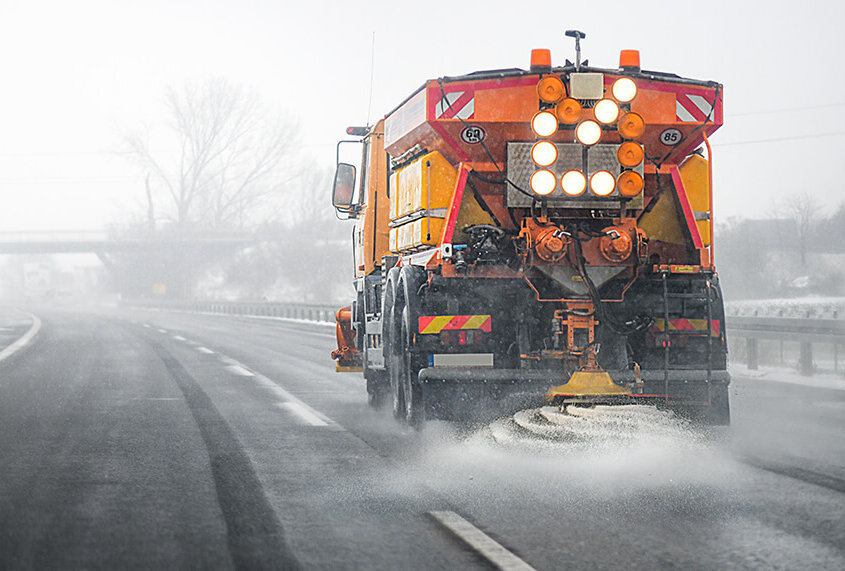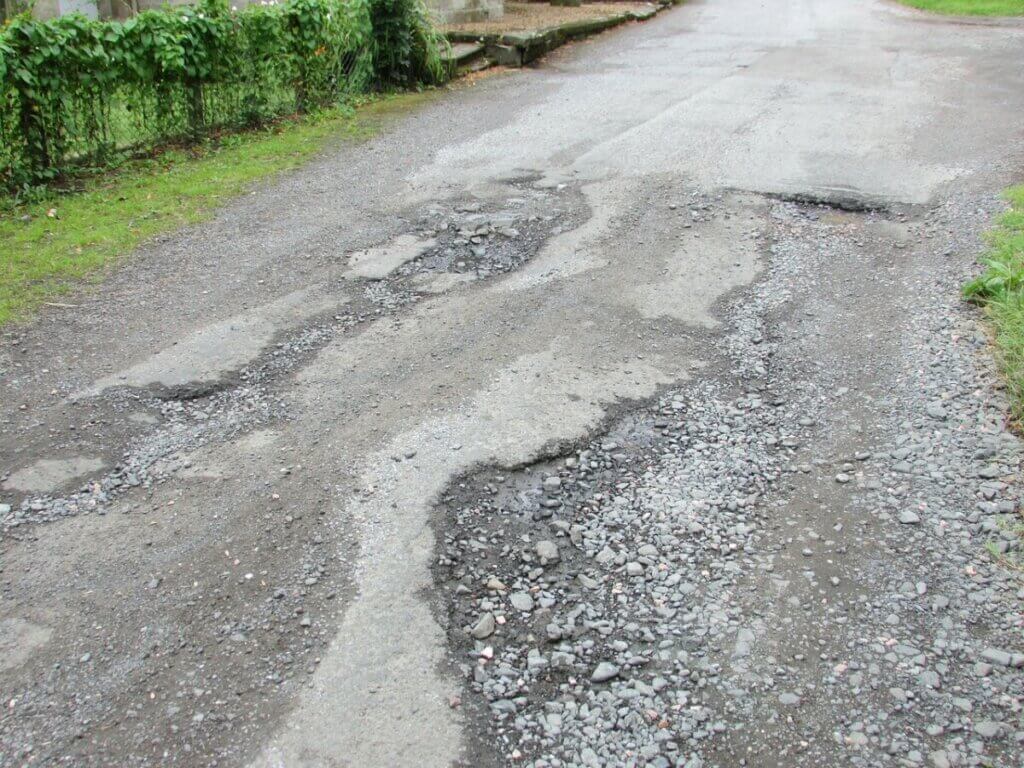The recently-released RoadBotics U.S. City Roads Report took a close look at road conditions in 20 major metropolitan cities.
Luckily, our unique approach to data collection using a smartphone mounted to the windshield of a vehicle not only revealed the road conditions in those cities, but also captured local sites including city parks, historical landmarks, and even baseball stadiums.
In the last article of the Uncovered on the U.S. City Roads Report series, let’s find historical landmarks on RoadWay!
Independence Hall - Philadelphia, PA
The fourth of July, or Independence Day, is a national holiday marking the signing of the Declaration of Independence in 1776. Where did that take place?
Independence Hall, of course!
Independence Hall, located in Philadelphia, is not only the site of one momentous event, but two! Eleven years later, in 1787, the Constitutional Convention drafted and signed the U.S. Constitution in the exact same room as the Declaration of Independence.
This beautiful brick beacon of American freedom and democracy is located on Chestnut Street, between 5th Street and 23rd Street, and is in ‘Good’ condition with a RoadBotics rating of 2.08.
Old State House - Boston, MA
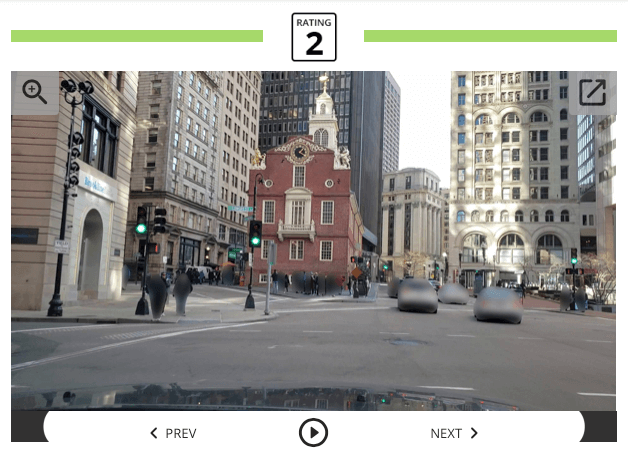
Built in 1713, the Old State House is one of the oldest public buildings in the United States and the oldest in Boston. Upon completion, the first floor was used for merchant trading, and the second floor housed the British sovereign appointed governor.
In 1770, the Old State House was the location of the bloody Boston Massacre that left five people dead and many others injured. British sentry and soldiers open fired on a group of Bostonians who came to the defense of local boys who had been assaulted by the sentry.
Six years later, more shots were fired outside of the Old State House, this time in celebration of the Declaration of Independence!
Old State House is located between Washington and State Streets. The average RoadBotics rating for the 1,500-foot long State Street is 2.09, or ‘Good’ condition.
The Alamo - San Antonio, TX
What began as a Franciscan mission soon became the Texas state symbol for resilience. The Alamo, named after the surrounding cottonwood trees, was the site of defense against the Mexican Army.
In 1836, nearly 200 Texan volunteers held their position for 13 days within the Alamo, defending against a Mexican Troop of an estimated 1,800-6,000 soldiers. Despite their efforts, the defenders eventually fell to the Mexican Army. However, their heroic efforts became a symbol of courage and resilience during the Battle of San Jacinto and the Mexican-American War.
Due to stone walls around the Alamo Historical site, RoadWay was not able to catch a glimpse of the structure. But, the roads surrounding the Alamo site have a ‘Good’ RoadBotics rating of 2.12.
Washington Monument - Washington, D.C.
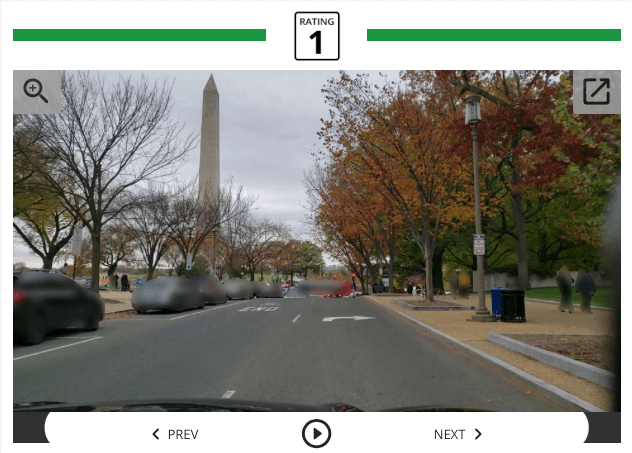
“First in War, First in Peace, and First in the hearts of his countrymen.” -Henry Lee, George Washinton’s eulogy.
The Washington Monument stands proudly in the center of Washington, D.C., and was constructed to commemorate America’s first President and fearless leader. It was constructed in two phases and upon its completion in 1884, it was the tallest building in the world standing at just over 555 feet.
The Washington Monument’s symbolic Egyptian obelisk shape can be seen from many parts of the city. The roads surrounding the monument and its grounds are in ‘Fair’ condition with a RoadBotics rating of 2.46.
St. James Building & James Weldon Johnson Park- Jacksonville, FL
Situated right across the street from one another in downtown Jacksonville are St. James Building and James Weldon Johnson Park.
St. James Building was constructed in 1912 by architect Henry John Klutho. It was originally built as a hotel, then became a department store, and is now Jacksonville City Hall.
In the hotel’s heyday, over 65,000 tourists visited Jacksonville each summer, many of which spent their time at the hotel’s entertainment scene and the park across the street. The park was so popular that the once-named ‘City Park’ became known as ‘St. James Park.’ That same popular public square is now called James Weldon Johnson Park.
The RoadWay image captures St. James Building on the right and the trees that line James Weldon Johnson Park on the left. The roads surrounding the plaza, West Duval Street, Hogan Street, Monroe Street West, and Laura Street North, are in ‘Excellent’ condition with a RoadBotics rating of 1.64.
Want to learn more about RoadBotics U.S. City Roads Report? See the report in its entirety. Read insight around the report from our CEO Ben Schmidt, Ph.D. Watch interviews with Infrastructure Leaders about what innovation they think has had the most impact.

